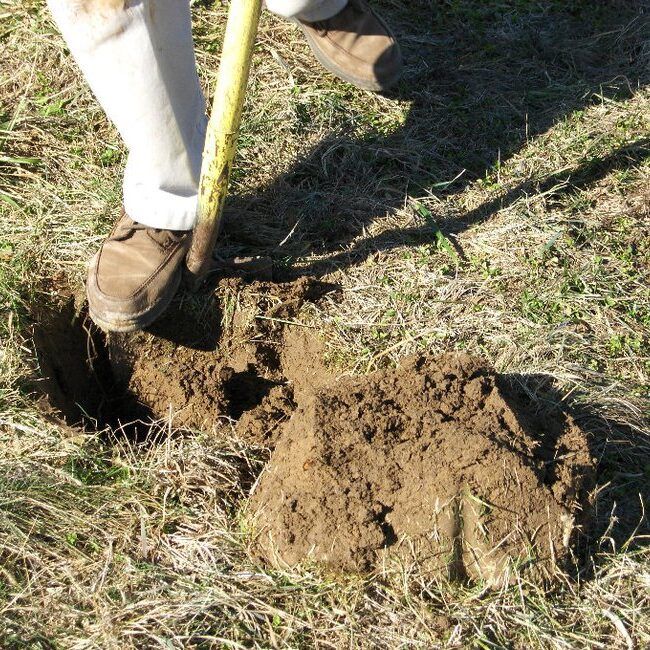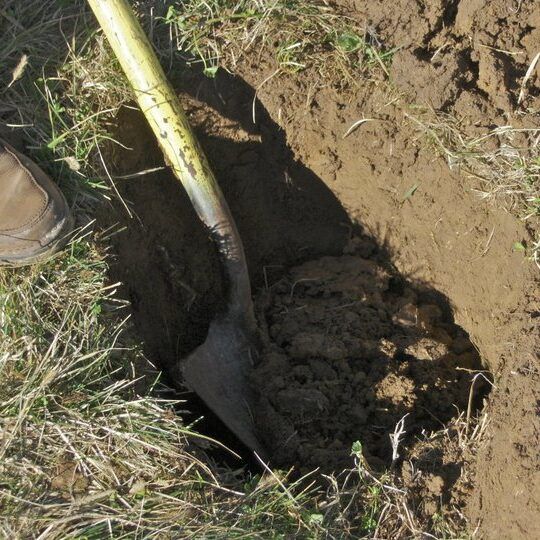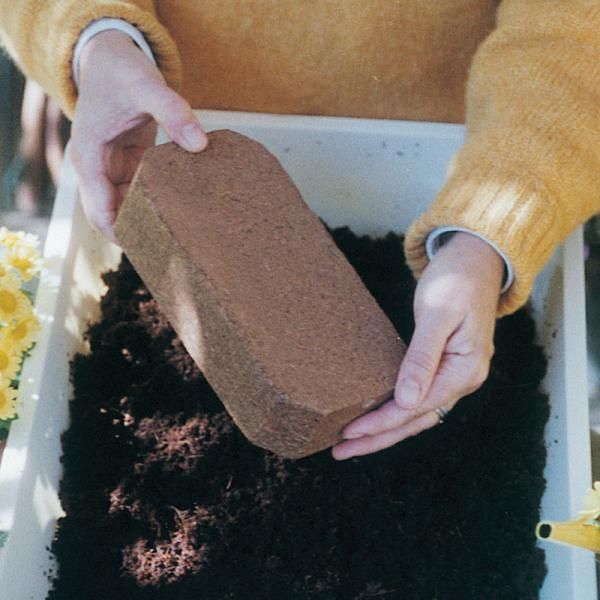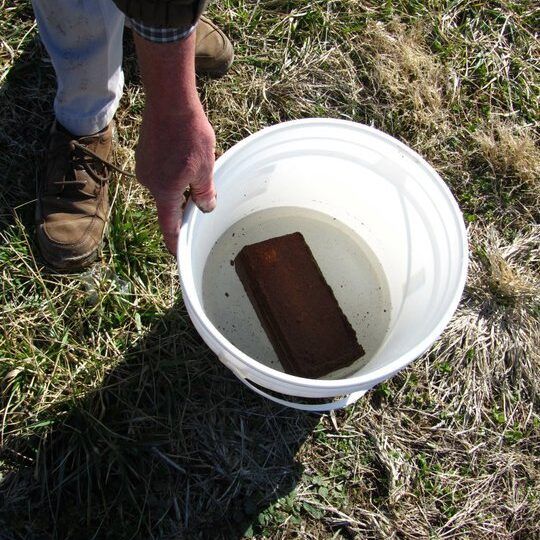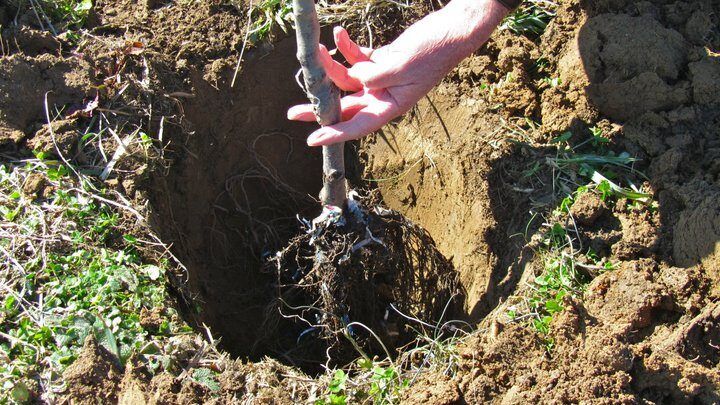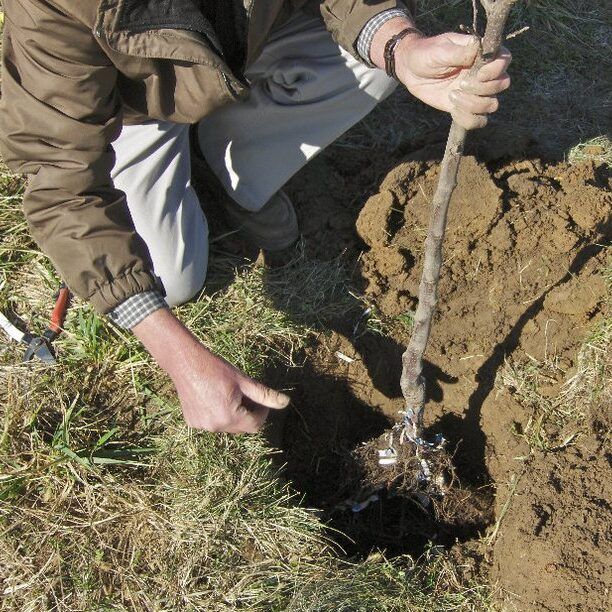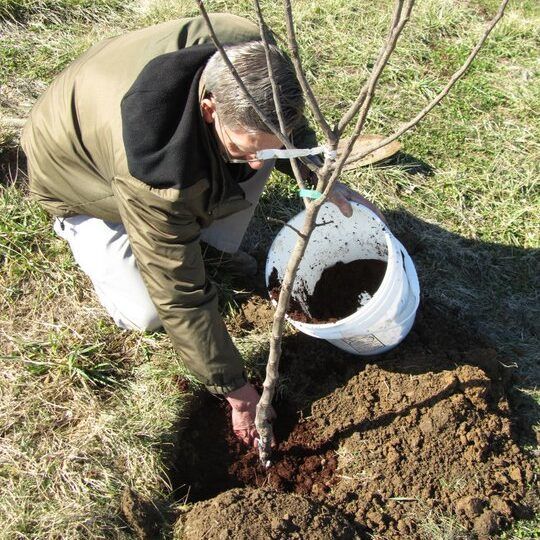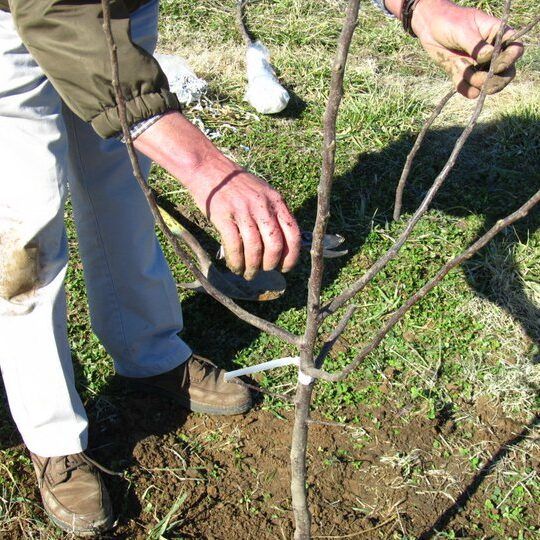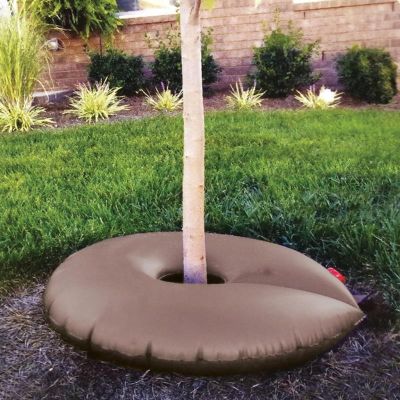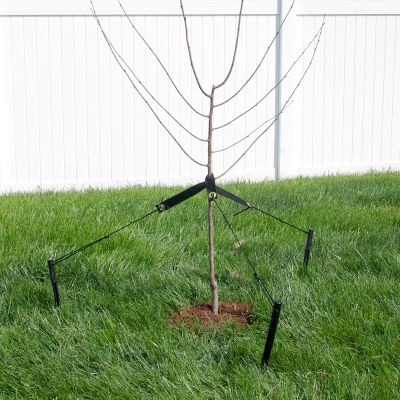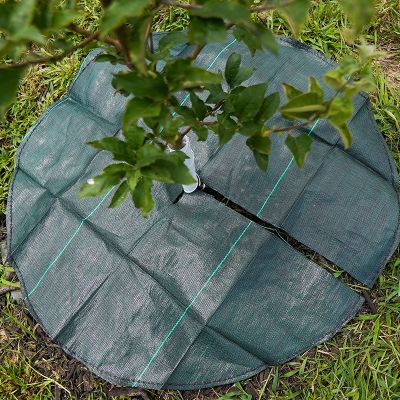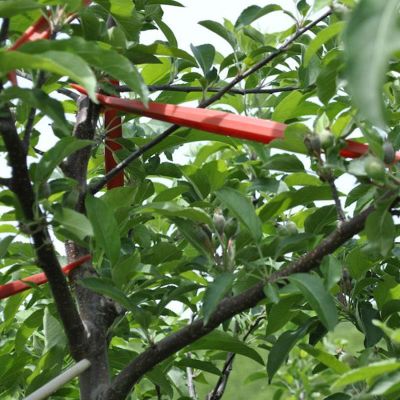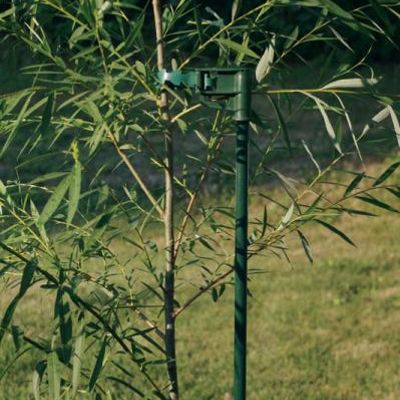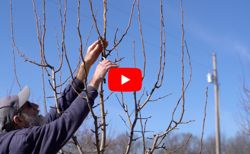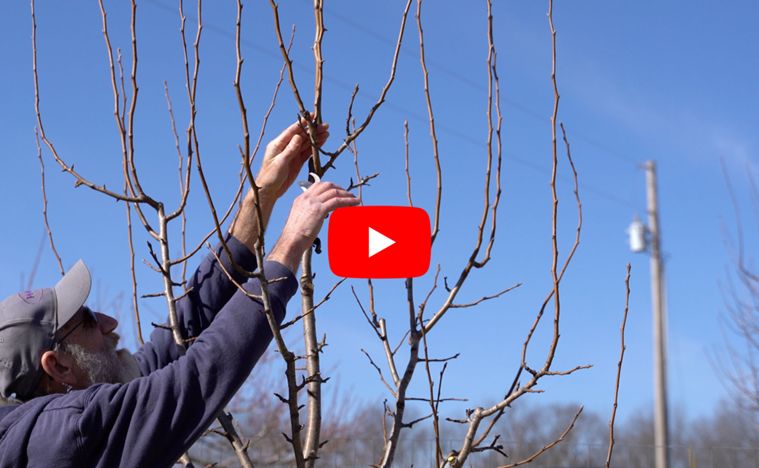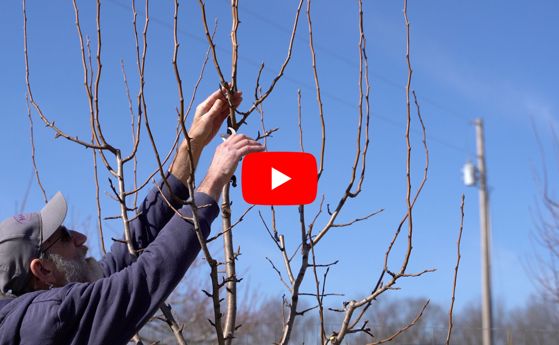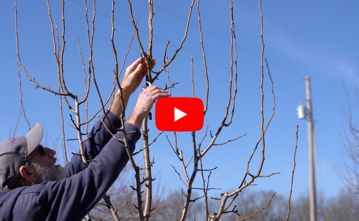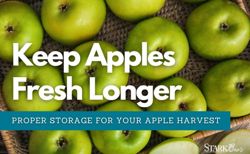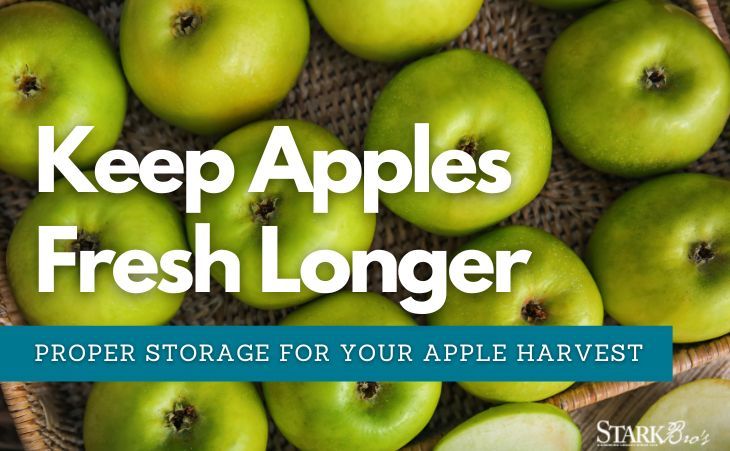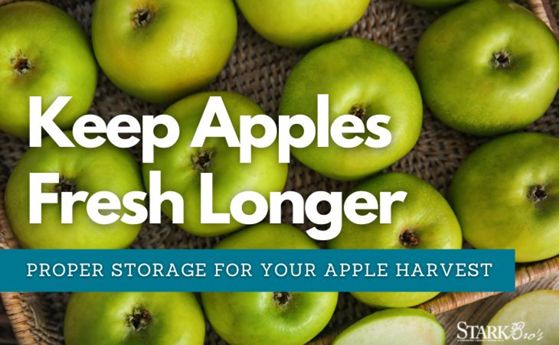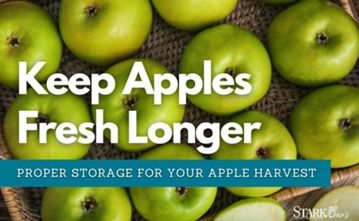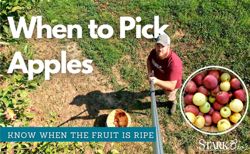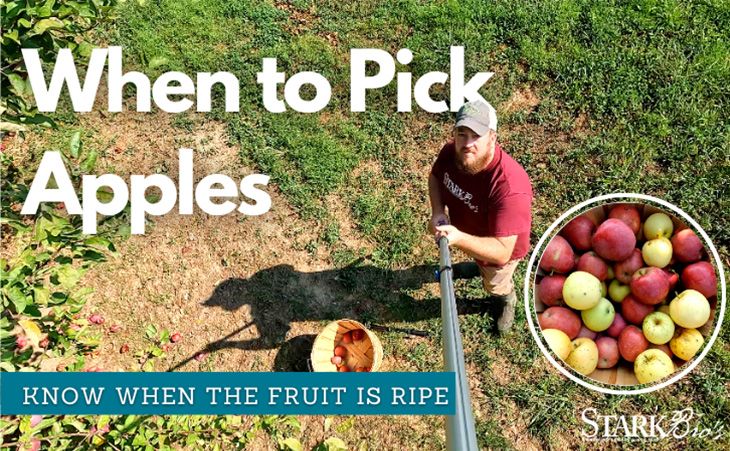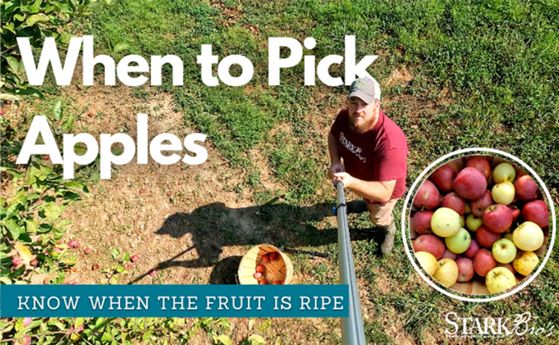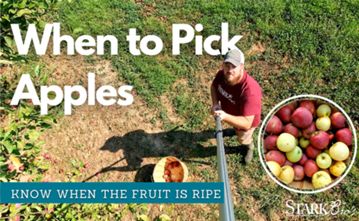Fruit Tree Care: Planting Fruit Trees
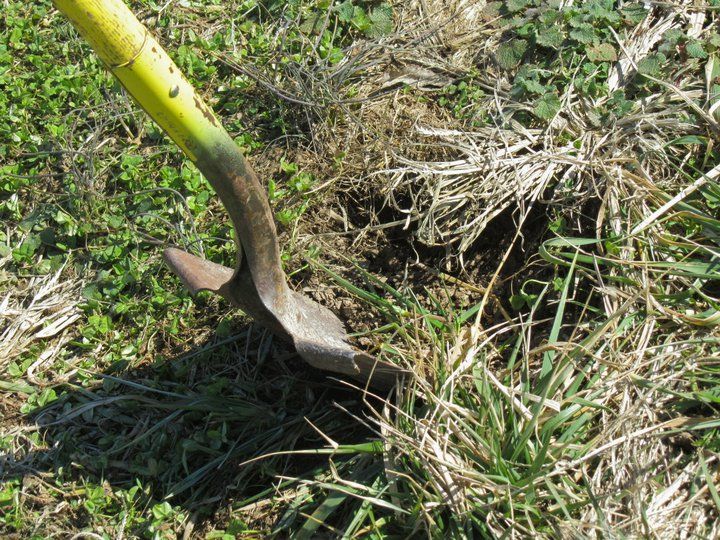
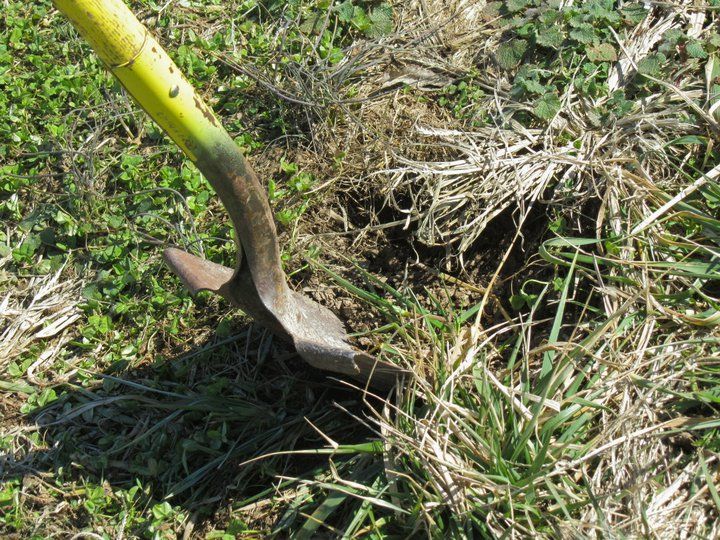
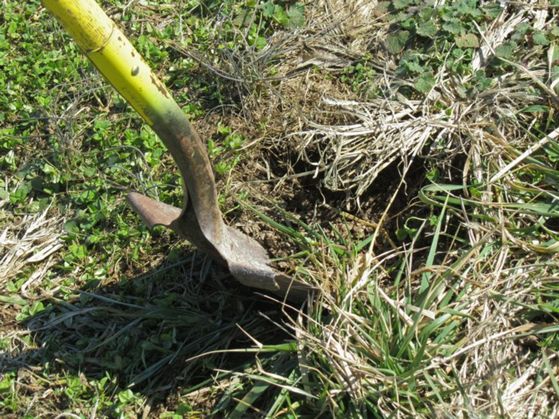
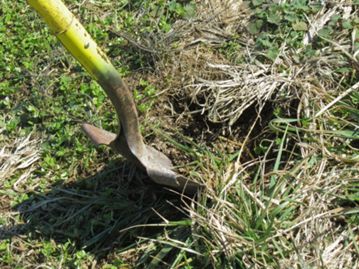
When it comes to planting fruit trees, we can never stress enough the importance of the planning stage. This includes choosing the best spot for your new planting above the ground and below the ground. We highly recommend that you contact your local utility department before digging to prevent damage to cables, pipes, and other underground structures.
Too often we encounter troubles because we act first and think later. That’s why, when planting an orchard or even a few trees in the back yard, it’s a good idea to take a step back and visualize how our efforts will look 10 years from now. Remember, the time difference between a vegetable garden and productive fruit trees can be years! It's also well worth the wait, so, to start things off right, let’s avoid future problems by considering a few key things before planting.
I. The Planting Site
Have you chosen a place free of interference? Is it far enough from power lines, sewer lines, sidewalks, etc.? Visualize your tree 10 years from now in the location you've chosen, and ask yourself those questions.
Questions to Ask
- What is the mature height & width of my tree?
- Is the planting site far enough away from power lines? Sewers? Sidewalks?
- Will the tree branches interfere with other trees growing nearby?
- Does my planting site get 5-8 hours of sunlight?
- Is my planting site well-drained, or does it hold water?
- Does my planting site have fertile soil, or will I need to amend it with a medium like coco-fiber or compost?
If your tree could talk, it would ask for a well-drained, fertile location with plenty of sunlight. While a full day's sun is great, trees can still thrive and produce on a half-day's light; and most trees are forgiving of imperfect soil conditions. If your ground is a little heavy, consider using our coco-fiber medium. Just drop the brick into 1 1/3 gallons of warm/hot water, 30 minutes before planting. When refilling the hole, work the coco-fiber into the soil and finish planting. This will give the root system air and allow for water absorption as the roots develop.
Planting Tips
- Fill in planting hole with top soil first.
- Amend bottom soil with a good medium, either coco-fiber or organic compost.
- Plant graft about 2-3 inches above ground level.
- Keep the tree straight.
- Tamp the soil to remove air pockets.
- When finished, prune & water well. (only prune if your tree has not already been pre-pruned)
- Stand back & enjoy!
II. Digging the Hole
When digging the hole, a good rule of thumb is to remove a space nearly twice the width and depth of the roots. You don't want the roots cramped or circled. The area you loosen is the area the roots will quickly grow into to anchor and sustain the tree's top. This simple task helps determine both how good the foundation will be years later and how well the plant utilizes two much-needed ingredients: air and water.
III. Planting the Tree
The Soil
You know the soil you dug up first, right underneath the grass? When refilling your planting hole, it's always best to place that soil in first. It's usually more fertile, as well as more porous, and when placed down near the roots, it will help the tree grow better. The remaining soil (from the bottom of the dug hole) is heavier and works well when mixed with the Coco-Fiber Medium. From top to bottom, work the soil with your hands to avoid large clods that create air pockets.
Graft Placement

When you refill your planting hole, hold the tree up a bit to allow loose soil to fall beneath, as well as around the sides of, the roots. Center its position so there is adequate space on all sides for the root system to grow out. If you are planting a dwarf or semi-dwarf apple tree, hold the bud union up above the refill line – this is the "bump" above the root system of the tree where the rootstock was grafted to the varietal top. If given the opportunity, grafted apple trees will self-root; if the variety self-roots, you’ll lose the size-restrictive nature of the rootstock. (Did you know the rootstock is responsible for the mature size of your tree, i.e. dwarf, semi-dwarf, standard? We don't want to lose that sizing characteristic — it would definitely throw a rock in your long-term plan!)
Finishing Touches
Through the process, keep the tree straight (perpendicular) and, upon finishing, tamp the tree in with your foot to remove air spaces and seal it in. If the tree is planted on a slope, create a slight berm on the lower side to utilize water throughout the summer. If it’s not pre-pruned before you plant it, be sure to prune your tree, and water it well.
There are few things in life that have the sustainability and bring the same satisfaction as growing a fruit tree. The years following will be spent measuring the tree’s progress and reaping its rewards. That’s a "10-year" vision – yep! I saw the future before I began; how about you?
— Elmer Kidd, Stark Bro's Chief Production Officer (retired)

